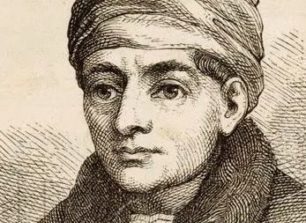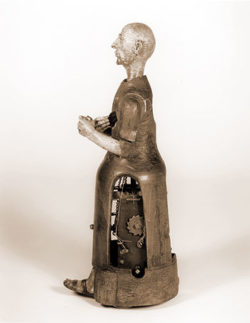Automata through the Renaissance period
From around the 15th Century, there was a considerable revival of interest in Automata and it was only around this period that we really started to see some genuinely incredible devices being fully developed. Some of the most notable creators and their works are detailed below.
Inspiration for the development of Automata during this period was in part thanks to The French philosopher and mathematician Rene Descartes, who wrote about how the bodies of animals were no more than complex machines whose internal organs could be recreated via mechanical instruments such as cams and pistons.

German Mathematician & Inventor Johannes Muller von Konigsberg (left) created a series of wonderful contraptions, amongst which being a famous mechanical eagle. The wooden bird flew from the city of Konigsberg (now Nuremberg) to greet the Emperor Maximilian upon his arrival, saluted him and then returned.
Did you know?
One of the most famous examples from this period was the mechanical lion built by the great Leonardo da Vinci. Created in honour of Louis XII, the life-like creation could shake its tail, open its mouth, walk and even rear up on its hind legs. Reports about the lion vary somewhat but reputedly it stopped in front of King Louis before opening its chest with a claw, revealing the French coat-of-arms inside.
Gianello Della Tour made several pieces of automata for Charles V, Emperor during the 16th Century. Charles was bored easily and Della Tour created works for him including various mechanical birds who could fly, as well as fighting soldiers who would play trumpets and drums.
The Smithsonian Institution features a 16th Century clockwork monk automaton (right), consisting of iron and wood and featuring a clock. Its creation being credited to Juanelo Turriano, this incredible piece is capable of moving his head, arms and legs, can beat its chest, rolls its eyes and move its mouth.
All of this is made possible by a key-wound spring inside a wholly contained, hidden mechanism inside the body of the monk. It was undoubtedly one of the most incredible devices anyone had ever witnessed at the time.

